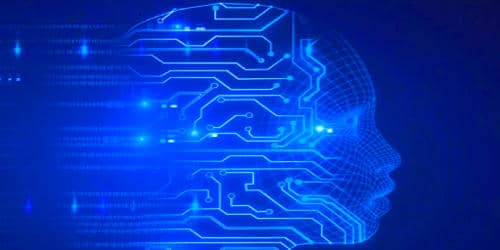Robotic Process Automation VS Human Resource
Robotic Process Automation (RPA) tools are best suitable for processes with repeatable, predictable interactions with IT applications. RPA is the replacement of a human interface with ‘robotic’ software to perform tasks or business processes, which are repetitive, transactional, administrative or clerical in nature. Robotic Process Automation (RPA) tools can help HR divisions improve the efficiency and effectiveness of their operations to operate faster and at a lower cost than other automation approaches. Robot isn’t only competent of data transferring but also can verify the information. Multiple robots can be seen as a virtual workforce – a back-office processing centre but without the human resources. This is specifically helpful when it’s required to check something with 3rd parties or verify if the information is real.
Inevitably RPA will affect a reduction of jobs in certain business sectors, job roles and functions like business and IT support, shared services and processing centres. Interest and activity in RPA is growing and we are increasingly seeing deployments reaching enterprise scale and operating on processes in the HR function and across the organisation. But as with any evolutionary step, there will also be new opportunities for employment and career development. There are financial benefits owing to the lower cost of a robot licence compared to a typical salary, and firms are also seeing non-financial benefits including improved accuracy, timeliness, and operational flexibility.
The benefits of RPA solutions go beyond cost reduction and include: Decreased cycle times and improved throughput, Flexibility and scalability, Improved accuracy, Improved employee morale – enables them to add more value, Allows time to innovate and focus on customer satisfaction, Detailed data capture, etc.

RPA tools can improve the efficiency of these processes and the effectiveness of services without changing the underlining systems. RPA is about creating smarter, more efficient solutions to perform repetitive tasks so it is much more about complementing human abilities rather than replacing us altogether. Once many robots appear within company, it is required to manage their work using either another Robot or special tool. By freeing up time spent on repetitive tasks, employees can be redeployed to focus on other activities which are perhaps more specialist or require emotional intelligence.
RPA software ‘robots’ perform routine business processes by mimicking the way that people interact with applications through a user interface and following simple rules to make decisions. In some cases robots can control work of real human, suggesting him the tasks or signaling about specific events or certain points in process. For example, IT professionals in 1st and 2nd line support IT roles could take the opportunity to move into more advanced cyber security roles which make the best use of their problem solving and analytical skills.
















